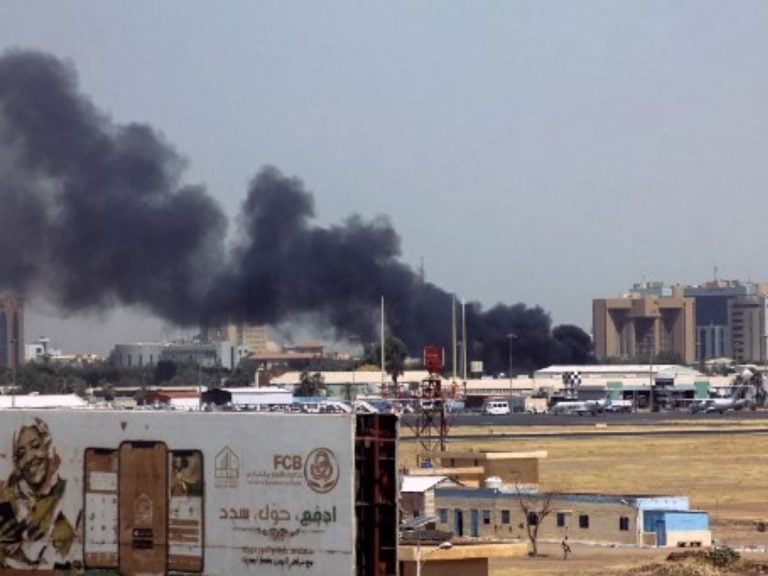The United States military has intensified its operations against Houthi rebels in Yemen, reportedly striking over 800 targets since mid-March in an ongoing campaign named “Rough Rider.” This operation aims to eliminate threats posed by the Houthis to maritime vessels in the Red Sea and Gulf of Aden while restoring U.S. deterrence in the region. According to the U.S. Central Command (CENTCOM), these airstrikes have resulted in the deaths of hundreds of Houthi fighters, including key leaders of the group.
In a comprehensive update, CENTCOM detailed the scope of their strikes, which have included the destruction of command-and-control facilities, air defense systems, and advanced weapons manufacturing and storage locations. While the military’s actions have reportedly weakened the Houthi’s operational capabilities—lowering the frequency of ballistic missile launches by 69% and one-way drone attacks by 55%—the group continues to claim responsibility for strikes against U.S. vessels and Israel.
CENTCOM has attributed the rebels’ sustained attacks to backing from Iran, emphasizing that without this support, the Houthis would struggle to maintain their offensive capabilities. As a part of their strategy, the U.S. military has vowed to increase pressure on the Houthis until their objectives—namely, the restoration of freedom of navigation in the region and enhanced U.S. deterrence—are fully met.
As these developments unfold, local media reports from Houthi-controlled Al-Masirah TV indicated that recent U.S. airstrikes on the capital, Sanaa, resulted in multiple casualties, including at least eight fatalities and numerous injuries. Footage has surfaced showing the aftermath of the strikes, with images of destruction and rescue efforts in the vicinity. According to an AFP tally based on Houthi accounts, the death toll from U.S. strikes since March 15 has risen to 228.
The Houthis began their recent campaign targeting shipping in late 2023, arguing that their actions are a show of solidarity with Palestinians suffering in Gaza amid escalating conflict. These actions have critically affected maritime routes, notably the Suez Canal, which carries about 12% of global shipping traffic, leading to costly detours around Africa for many vessels.
These U.S. military actions mark a continuation of the approach taken during previous administrations, highlighting ongoing tensions and complexities in the region. The Biden administration, following earlier military actions against the Houthis, has faced political scrutiny stemming from controversies over the transparent communication of military strategies, including incidents involving private messaging app discussions among senior officials about operational details.
Moving forward, the situation in Yemen remains precarious as U.S. military efforts aim to mitigate the Houthi threat while grappling with regional geopolitical dynamics.















